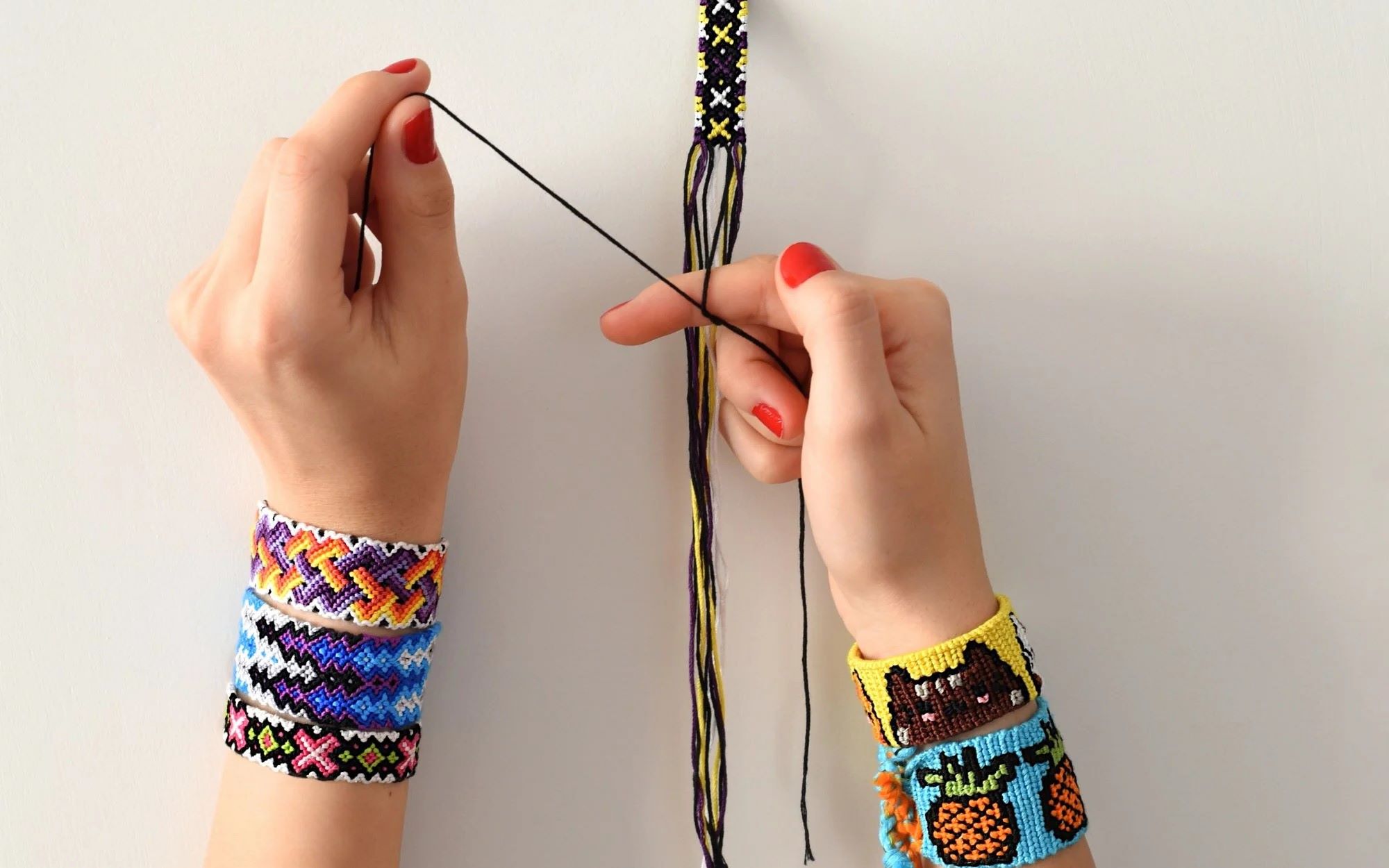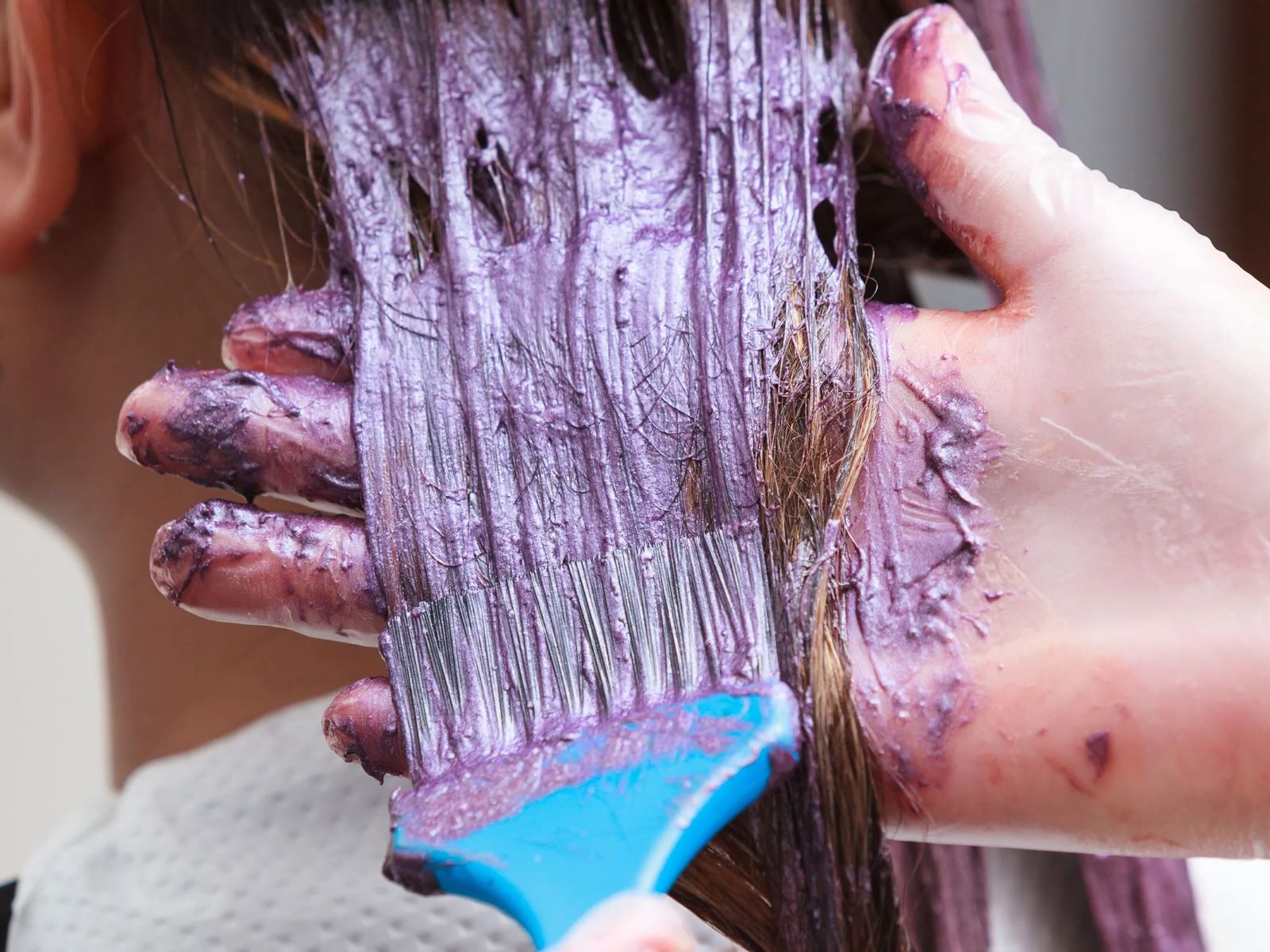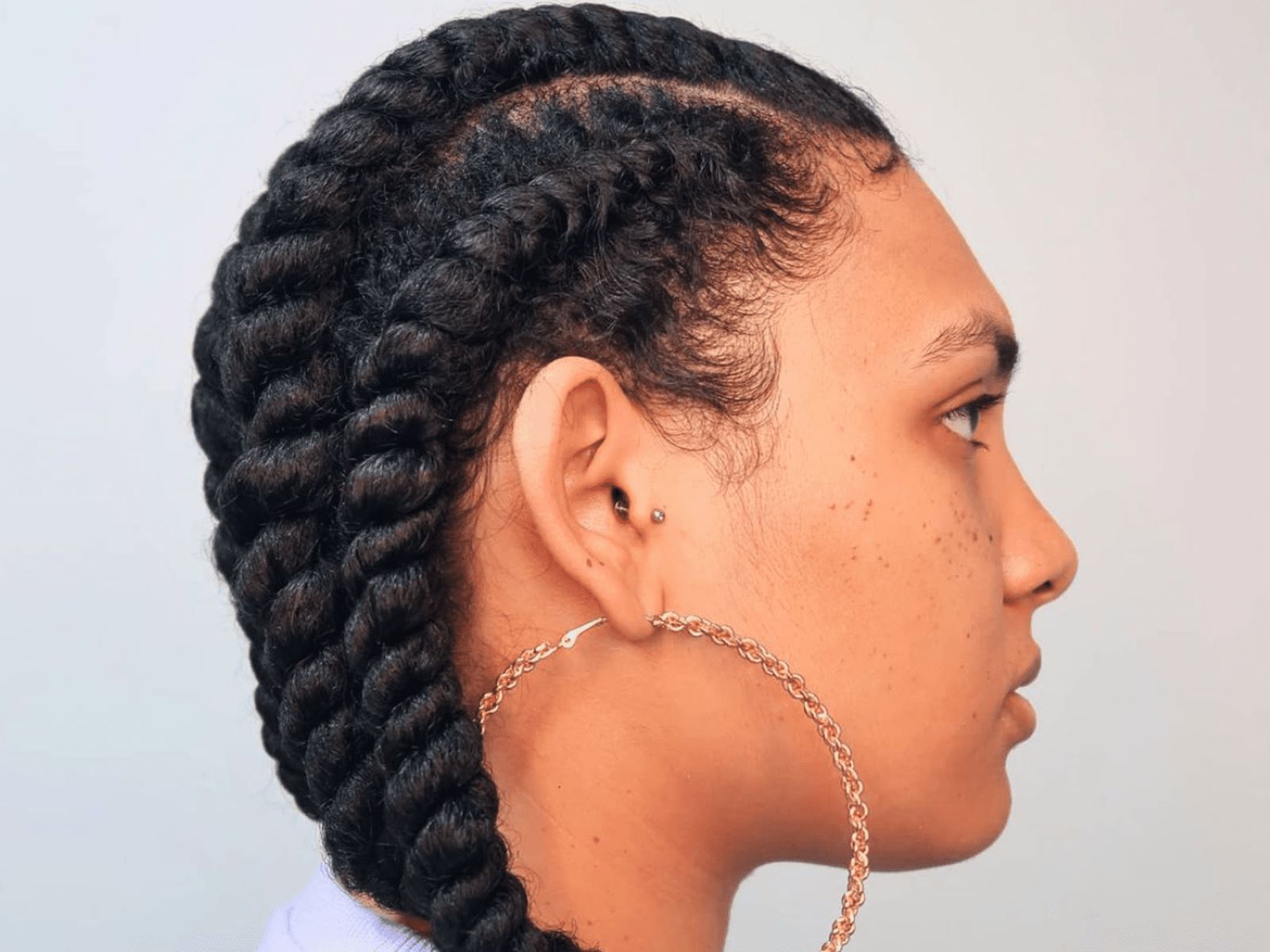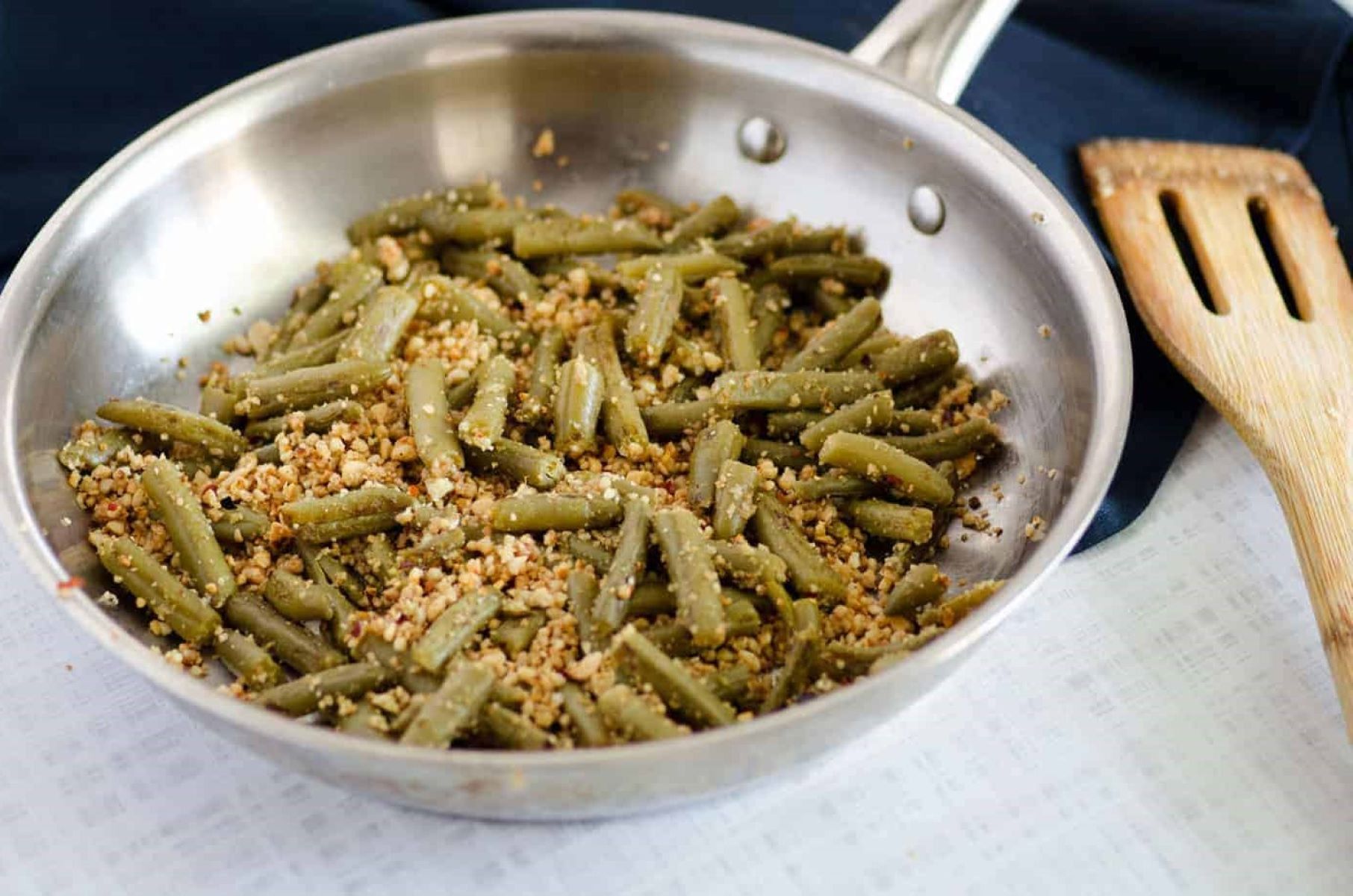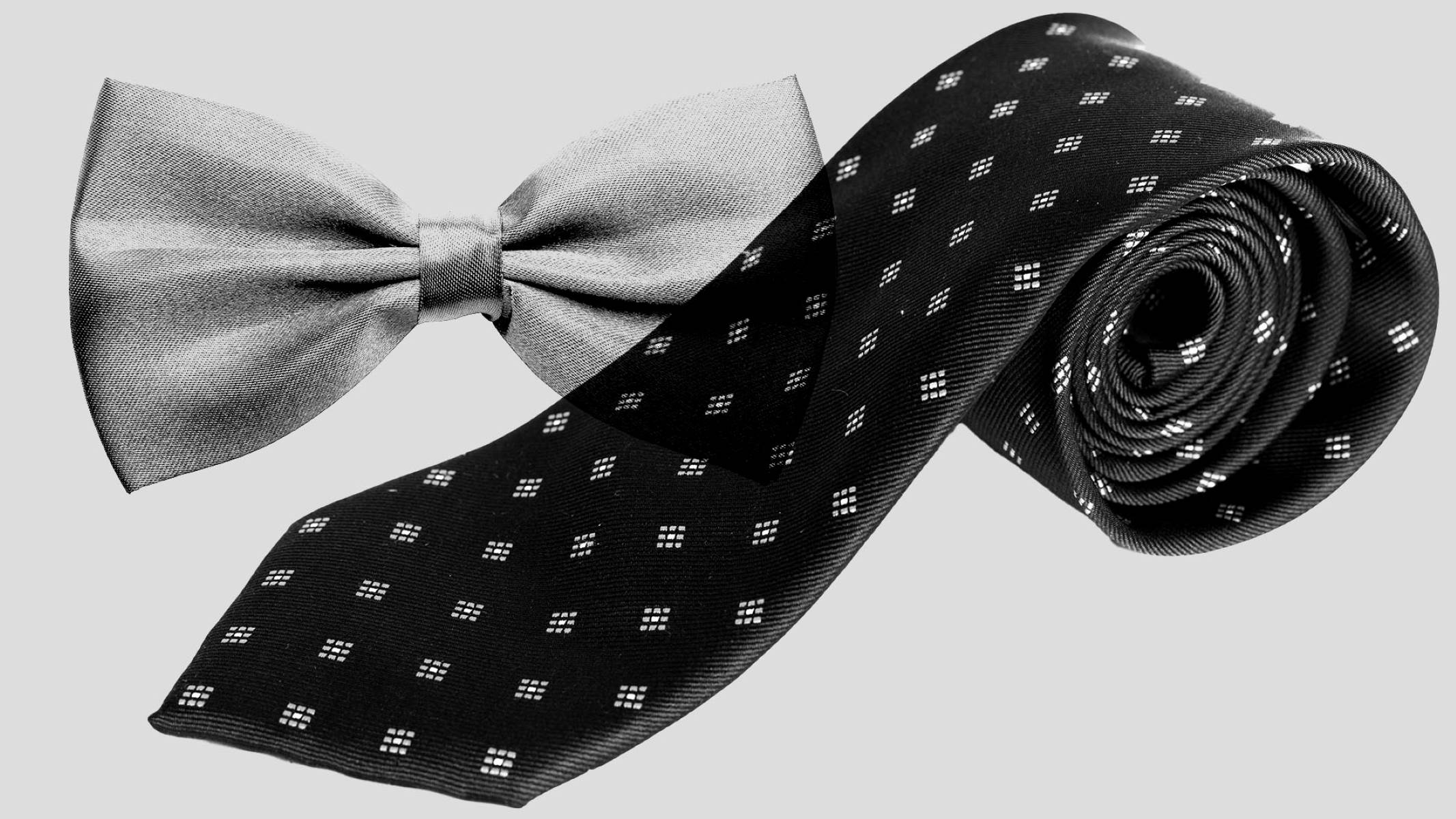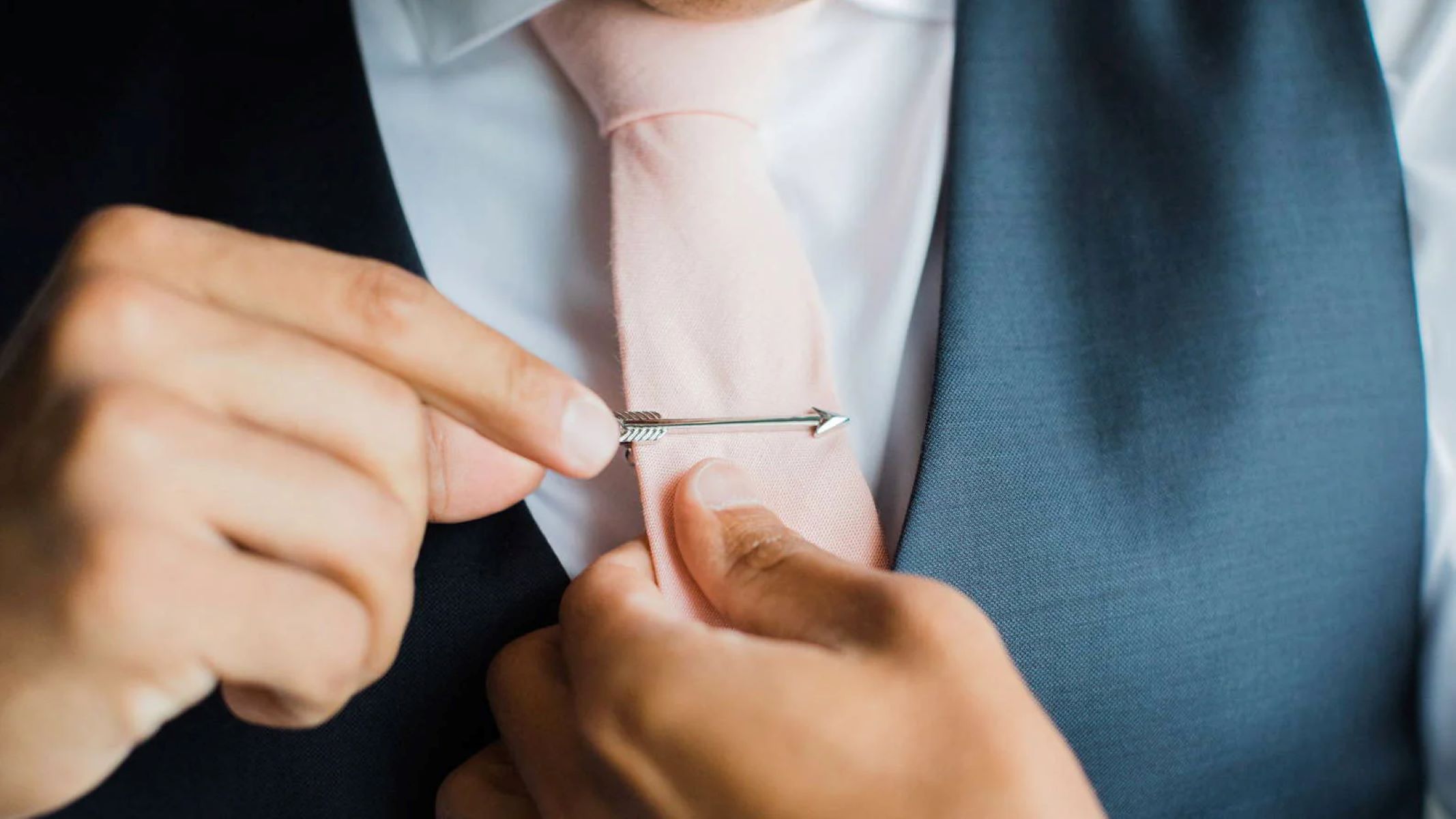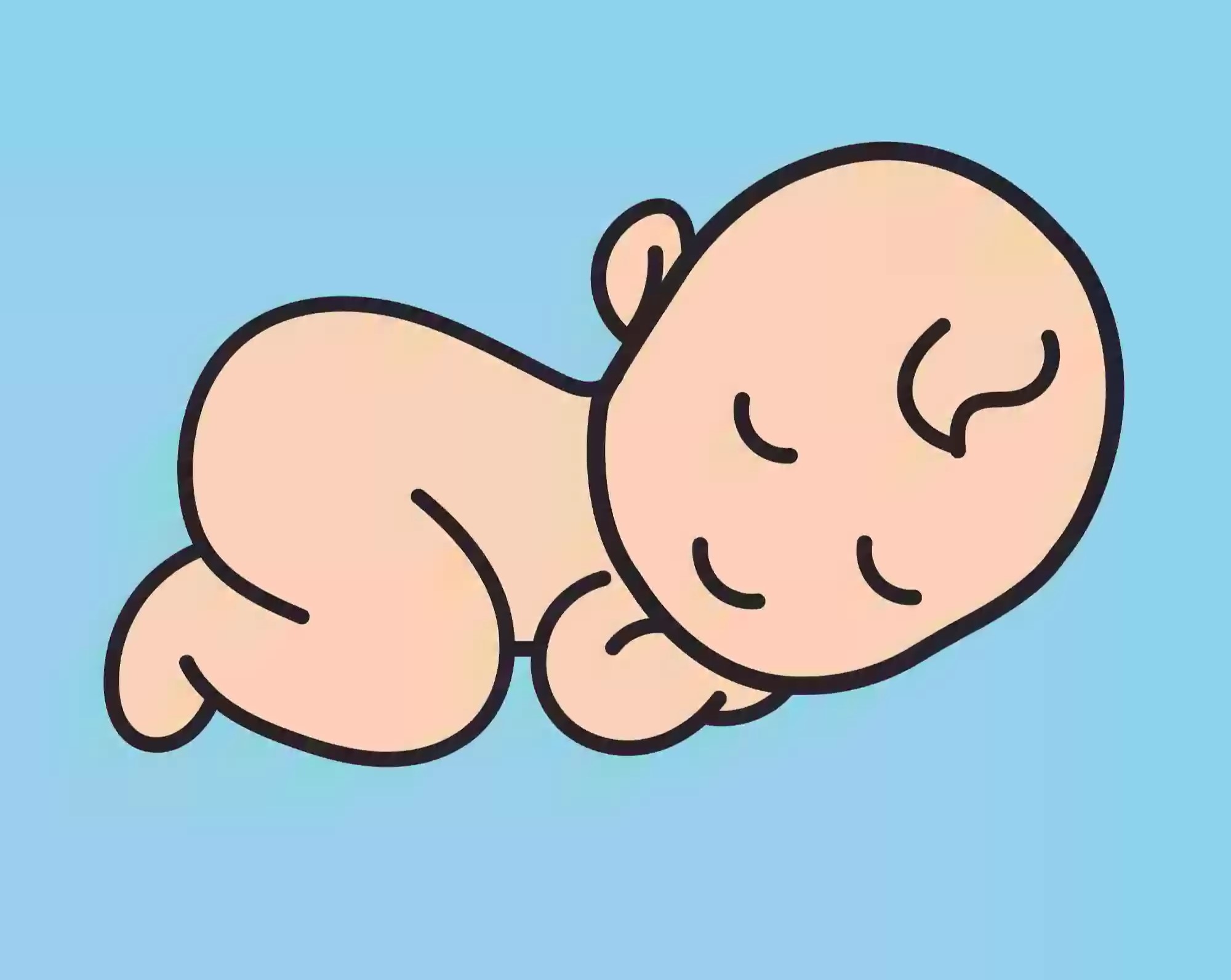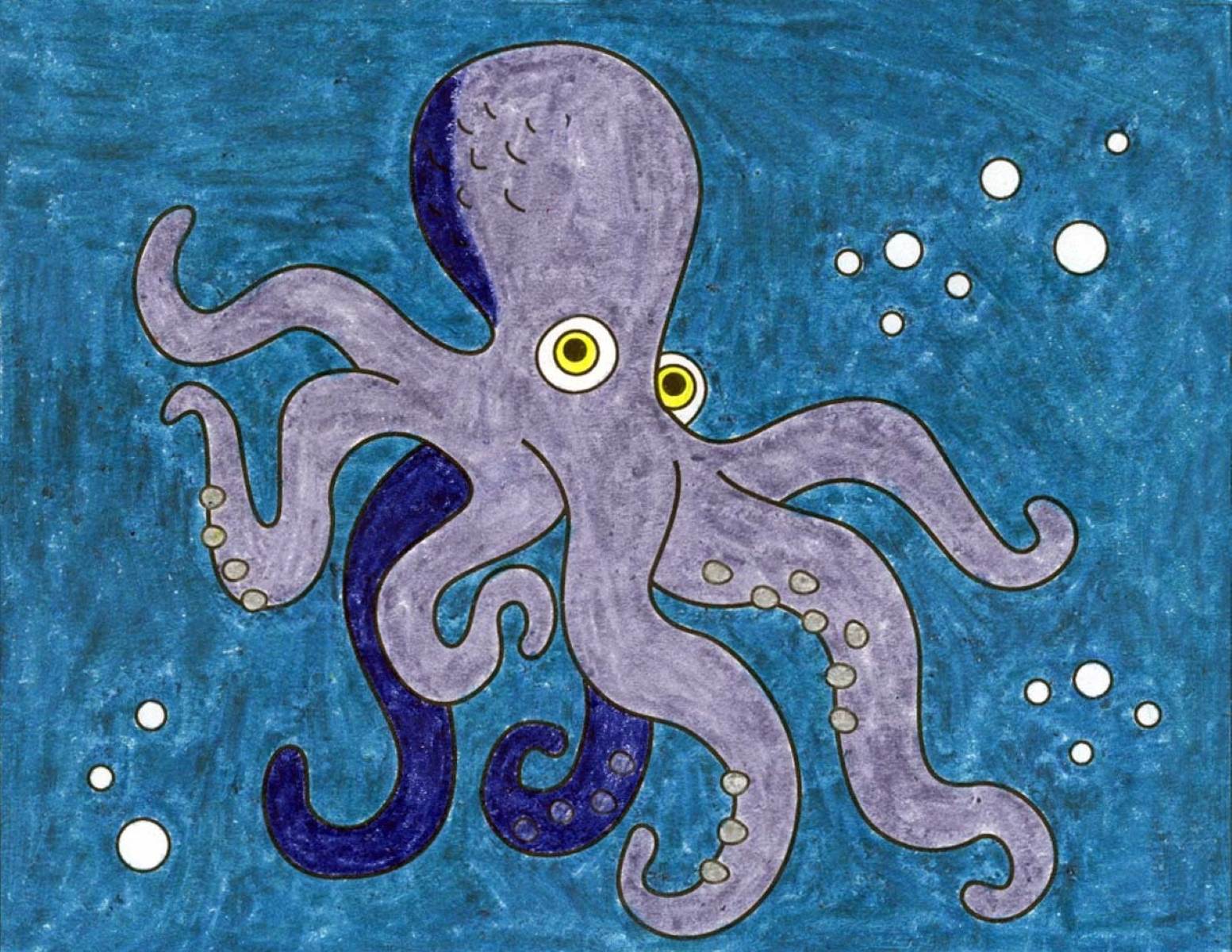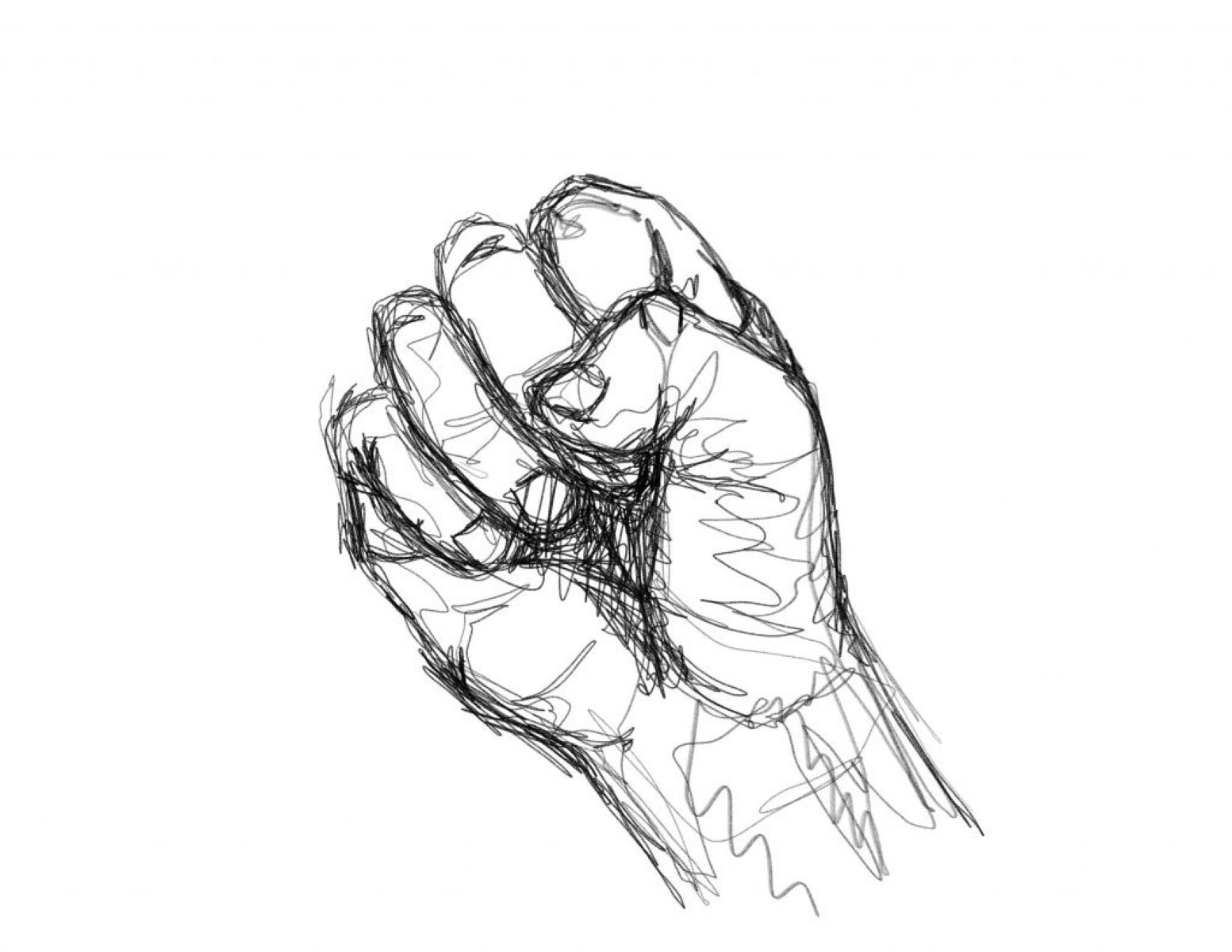Home>Arts and Culture>How To Create Bleach Tie Dye Designs
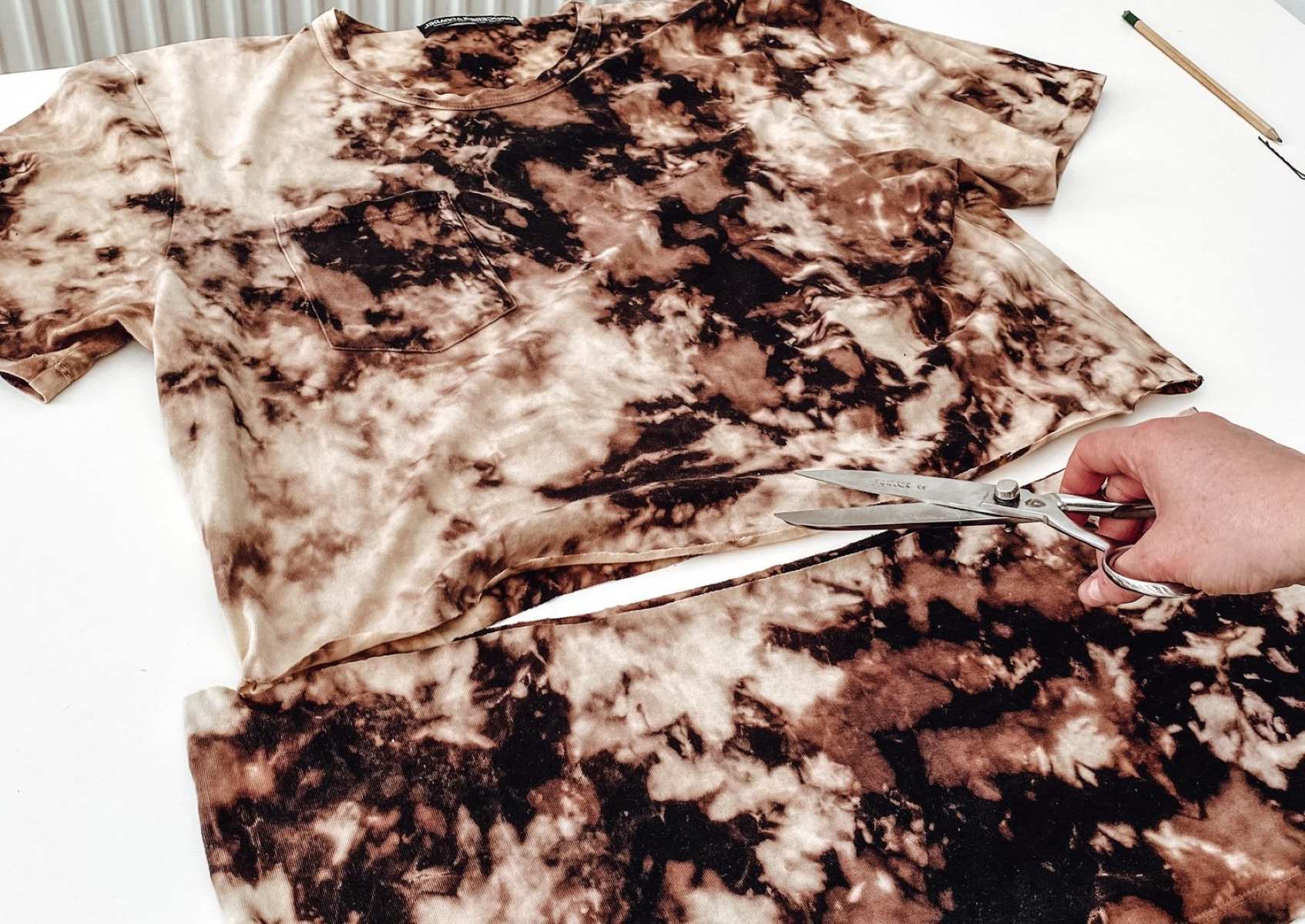

Arts and Culture
How To Create Bleach Tie Dye Designs
Modified: March 13, 2024
Learn how to create stunning bleach tie dye designs with our step-by-step guide. Unleash your creativity and explore the arts and culture of tie dyeing today!
(Many of the links in this article redirect to a specific reviewed product. Your purchase of these products through affiliate links helps to generate commission for Regretless.com, at no extra cost. Learn more)
Table of Contents
Introduction
Bleach tie dyeing is a captivating and versatile art form that allows you to transform plain fabrics into stunning, one-of-a-kind creations. This technique involves using bleach to remove or alter the color of the fabric, resulting in unique and intricate patterns. Whether you're a seasoned crafter or a beginner looking to explore a new creative outlet, bleach tie dyeing offers a rewarding and enjoyable experience.
With bleach tie dyeing, you have the freedom to experiment with various tying and folding techniques to achieve different patterns and designs. From classic spirals and stripes to more intricate designs like the sunburst or the bullseye, the possibilities are endless. Each piece you create is a reflection of your creativity and individuality, making it a truly personal and meaningful art form.
Not only does bleach tie dyeing allow you to breathe new life into old or plain garments, but it also provides a platform for self-expression and artistic exploration. Whether you're revamping a t-shirt, a pair of jeans, or a canvas tote bag, the process of bleach tie dyeing empowers you to infuse your personal style and vision into your creations.
Furthermore, the beauty of bleach tie dyeing lies in its accessibility. With just a few simple materials and a bit of creativity, you can embark on this artistic journey from the comfort of your own home. The satisfaction of witnessing the transformative power of bleach on fabric, coupled with the joy of unveiling the unique patterns you've created, makes bleach tie dyeing a truly fulfilling and immersive craft.
In this comprehensive guide, we will walk you through the step-by-step process of creating bleach tie dye designs, from preparing the fabric and mixing the bleach solution to exploring various tying and dyeing techniques. Additionally, we'll share valuable tips and tricks to help you achieve the best results and ensure that your bleach tie dyeing experience is both enjoyable and successful. So, gather your materials, unleash your creativity, and let's dive into the captivating world of bleach tie dyeing.
Read more: How To Create A Chain Drawing
Materials Needed
To embark on your bleach tie dyeing journey, you'll need a few essential materials to ensure a smooth and successful process. Here's a comprehensive list of the items you'll need to get started:
-
Fabric: Select the fabric or garment you wish to bleach tie dye. This could be a plain t-shirt, a pair of jeans, a canvas tote bag, or any other fabric item of your choice. Keep in mind that natural fibers such as cotton and linen tend to work best for bleach tie dyeing, as they readily absorb the bleach and produce vibrant results.
-
Bleach: Choose a standard household bleach containing sodium hypochlorite as the active ingredient. It's important to use caution when handling bleach and ensure that you're working in a well-ventilated area to minimize exposure to fumes.
-
Water: You'll need water to dilute the bleach and create the bleach solution used for tie dyeing. It's advisable to use cold water for this purpose.
-
Rubber Bands or String: These will be used to bind and secure the fabric, creating the distinctive patterns associated with tie dyeing. Ensure that you have an an adequate supply of rubber bands or string on hand, as they play a crucial role in achieving different designs.
-
Protective Gear: Given that you'll be working with bleach, it's essential to prioritize safety. Wear protective gloves and consider using a face mask to shield yourself from bleach fumes.
-
Plastic Spray Bottles or Brushes: These tools are essential for applying the bleach solution to the fabric. Depending on the desired effect, you may opt for spray bottles to create a more diffused, organic pattern, or brushes for precise application.
-
Plastic Sheeting or Trash Bags: It's advisable to lay down plastic sheeting or use trash bags to protect your work surface from bleach spills and splatters.
-
Plastic or Metal Container: You'll need a container to mix the bleach solution. Ensure that the container is non-reactive to bleach and is dedicated solely for crafting purposes.
-
Optional: Fabric Dye: If you wish to introduce color to your bleach tie dye designs, consider having fabric dye on hand. This allows you to incorporate vibrant hues into your creations, adding an extra dimension to your designs.
By gathering these materials, you'll be well-equipped to embark on your bleach tie dyeing adventure and unleash your creativity through this captivating art form. With the right tools at your disposal, you can look forward to creating stunning and personalized bleach tie dye designs that reflect your unique style and vision.
Preparing the Fabric
Before delving into the intricate and captivating process of bleach tie dyeing, it's crucial to prepare the fabric to ensure optimal results. Properly preparing the fabric sets the stage for successful dye penetration and vibrant patterns. Here's a detailed guide on how to prepare the fabric for your bleach tie dyeing endeavor:
Step 1: Pre-Washing
Begin by pre-washing the fabric in a mild detergent to remove any dirt, chemicals, or sizing agents that may hinder the absorption of bleach. Use cold water for this process, as hot water can cause the fabric to shrink or set any stains, making it less receptive to the bleach solution.
Step 2: Dampening the Fabric
Once the fabric has been pre-washed, dampen it with water. This step is essential, as damp fabric allows the bleach to spread and react more effectively, resulting in more pronounced patterns. However, ensure that the fabric is not dripping wet, as excessive moisture can dilute the bleach solution and affect the final outcome.
Read more: How To Create A Stunning Balloon Drawing
Step 3: Flat or Raised Surface
Lay the damp fabric on a flat or raised surface, such as a plastic sheet or a dedicated work surface. This provides a stable and even canvas for applying the bleach solution and executing tying and folding techniques. If you're working on a raised surface, ensure that the fabric is secured in place to prevent shifting during the dyeing process.
Step 4: Optional: Ironing
If the fabric is excessively wrinkled, consider ironing it before proceeding further. Smooth, wrinkle-free fabric facilitates precise folding and tying, resulting in well-defined patterns. However, exercise caution when ironing, especially if working with delicate or synthetic fabrics, to avoid damage or scorching.
By meticulously preparing the fabric through these steps, you establish the ideal foundation for the bleach tie dyeing process. This thoughtful preparation ensures that the fabric is primed for optimal bleach absorption and pattern development, setting the stage for the creation of stunning and personalized bleach tie dye designs.
Creating the Bleach Solution
The creation of the bleach solution is a critical step in the bleach tie dyeing process, as it determines the intensity of color removal or alteration on the fabric. By carefully mixing the bleach solution, you can achieve a range of effects, from subtle, faded patterns to bold and striking designs. Here's a detailed guide on creating the bleach solution for your bleach tie dyeing project:
Step 1: Diluting the Bleach
Begin by selecting a plastic or metal container dedicated solely for crafting purposes. It's essential to use a non-reactive container to avoid any adverse chemical reactions. Pour cold water into the container, ensuring that there's ample space to accommodate the fabric you'll be dyeing. The ratio of bleach to water depends on the desired effect and the type of fabric being used. As a general guideline, a 1:1 ratio of bleach to water creates a strong, vivid effect, while a higher water ratio results in a more diluted and subtle outcome.
Step 2: Mixing the Solution
With caution and precision, add the bleach to the cold water in the designated container. It's crucial to handle bleach carefully, wearing protective gloves and working in a well-ventilated area to minimize exposure to fumes. Use a stirring utensil, such as a plastic spoon or stirring rod, to thoroughly mix the bleach and water. Ensure that the solution is well-blended and homogeneous, as uneven mixing can lead to inconsistent patterns on the fabric.
Step 3: Testing the Solution
Before applying the bleach solution to the fabric, it's advisable to conduct a small test on a scrap piece of the same fabric or a hidden area of the garment. This test allows you to gauge the potency of the bleach solution and observe how it interacts with the fabric. Additionally, it provides an opportunity to assess the reaction time required to achieve the desired level of color removal or alteration.
Step 4: Adjusting the Concentration
Based on the test results, you may need to adjust the concentration of the bleach solution to align with your artistic vision. If the initial test yields a result that is too intense, you can dilute the bleach solution with additional water. Conversely, if the effect is too subtle, you may opt to increase the bleach concentration slightly. This iterative process of testing and adjusting ensures that you have full control over the final outcome of your bleach tie dye design.
By meticulously creating the bleach solution and fine-tuning its concentration, you set the stage for the transformative and artistic process of applying the bleach to the fabric. This crucial step empowers you to achieve the desired level of color removal or alteration, paving the way for the creation of captivating and personalized bleach tie dye designs.
Tying and Dyeing Techniques
Tying and dyeing techniques are at the heart of creating captivating bleach tie dye designs, offering a myriad of possibilities for crafting unique and visually striking patterns. These techniques involve manipulating the fabric through folding, twisting, and binding before applying the bleach solution, resulting in intricate and mesmerizing designs. Here's an exploration of some popular tying and dyeing techniques that you can employ to unleash your creativity and achieve stunning bleach tie dye designs:
Read more: How To Clean A Tie
1. Spiral Technique
The spiral technique is a classic approach that yields mesmerizing, concentric patterns reminiscent of a hypnotic whirlpool. To execute this technique, lay the fabric flat and pinch the center. Begin twisting the fabric in a clockwise or counterclockwise direction, creating a tight spiral. Secure the twisted fabric with rubber bands, ensuring that the bands intersect to form triangular segments. The resulting pattern showcases radiant, spiraling bursts of color, making it a timeless favorite among tie dye enthusiasts.
2. Crumple Technique
The crumple technique offers a more organic and free-form approach to bleach tie dyeing, resulting in a dynamic and unpredictable pattern. Simply crumple the fabric into a loose, irregular mound, allowing folds and creases to form naturally. Secure the crumpled fabric with rubber bands or string, ensuring that the binding is firm but not overly constricting. When the bleach solution is applied, it permeates the fabric in a random and expressive manner, producing a visually captivating design with a sense of spontaneity.
3. Stripe Technique
The stripe technique enables you to create bold and defined lines across the fabric, resulting in a striking and contemporary aesthetic. To execute this technique, accordion-fold the fabric in a straight, parallel manner, creating uniform pleats. Secure the folded fabric with rubber bands or string at regular intervals to maintain the pleats. When the bleach solution is applied, it selectively removes color along the folded lines, resulting in a visually impactful striped pattern that lends a modern flair to your bleach tie dye design.
4. Sunburst Technique
The sunburst technique radiates energy and vibrancy, resembling the rays of the sun bursting forth from the fabric. To achieve this effect, pinch the center of the fabric and pull it upwards, creating a vertical mound. Secure the raised fabric with rubber bands, forming distinct triangular segments. When the bleach solution is applied, it permeates the fabric in a radial pattern, emanating from the center and creating a stunning sunburst effect that infuses your bleach tie dye design with a sense of dynamism and movement.
5. Bullseye Technique
The bullseye technique is characterized by concentric circles that evoke a sense of depth and dimension, resulting in a mesmerizing and hypnotic pattern. Begin by pinching the center of the fabric and securing it with a rubber band. Continue to add additional rubber bands at regular intervals, creating concentric circles that radiate from the center. When the bleach solution is applied, it interacts with the fabric to produce a series of captivating rings, culminating in a visually entrancing bullseye pattern that adds a touch of intrigue to your bleach tie dye design.
By exploring and experimenting with these tying and dyeing techniques, you can unleash your creativity and bring your bleach tie dye designs to life. Each technique offers a unique avenue for artistic expression, allowing you to craft personalized and visually stunning patterns that reflect your individual style and vision. Whether you opt for the classic allure of spirals, the free-form dynamism of crumpling, or the bold precision of striping, these techniques empower you to embark on a captivating and immersive artistic journey through bleach tie dyeing.
Washing and Finishing
Once the bleach tie dyeing process is complete and you've achieved the desired patterns and color alterations on your fabric, it's essential to proceed with the washing and finishing steps to ensure the longevity and vibrancy of your bleach tie dye designs. Proper washing and finishing not only remove residual bleach but also set the patterns and colors, allowing you to enjoy your creations for years to come.
Step 1: Rinsing the Fabric
Begin by carefully removing the rubber bands or string securing the fabric. It's advisable to wear protective gloves during this step to minimize direct contact with any residual bleach. Rinse the fabric under cold running water, gradually transitioning to lukewarm water. The rinsing process serves to remove excess bleach and halt the bleaching action, preventing further color alteration. Continue rinsing until the water runs clear, indicating that the majority of the bleach has been thoroughly removed from the fabric.
Step 2: Washing with Mild Detergent
After rinsing, wash the fabric separately using a mild detergent. Opt for a gentle, color-safe detergent to preserve the vibrancy of the tie dye patterns. Use cold water for this wash cycle, as hot water can cause the fabric to shrink or fade. Gently agitate the fabric by hand or use a delicate cycle in the washing machine. This step effectively removes any remaining traces of bleach and ensures that the fabric is clean and ready for the next phase.
Read more: How To Tie A Lasso
Step 3: Drying the Fabric
Once the fabric has been washed, carefully wring out any excess water and proceed to dry it. It's advisable to air-dry the fabric by laying it flat on a clean, dry surface. Avoid direct sunlight, as prolonged exposure to sunlight can cause the colors to fade over time. Alternatively, you can use a clothesline or drying rack to allow the fabric to air-dry naturally. Ensure that the fabric is fully dry before proceeding to the final finishing step.
Step 4: Heat-Setting the Design
To set the tie dye patterns and colors, heat-setting is essential. This step ensures that the designs remain vibrant and durable, withstanding regular wear and washing. Place a clean cloth or paper towel over the dried fabric and iron it using a medium to high heat setting. The application of heat helps to lock in the colors and patterns, enhancing their longevity and resistance to fading. Exercise caution when ironing, especially if working with delicate fabrics, to avoid scorching or damaging the designs.
By meticulously following these washing and finishing steps, you ensure that your bleach tie dye designs are not only visually captivating but also durable and long-lasting. The careful removal of residual bleach, coupled with the gentle washing and heat-setting process, safeguards the integrity of your creations, allowing you to showcase and enjoy your personalized bleach tie dye designs with confidence and pride.
Tips and Tricks
-
Protective Measures: Prioritize safety by wearing protective gloves and a face mask when handling bleach to minimize exposure to fumes and direct contact with the skin.
-
Experiment with Test Swatches: Before embarking on your main project, conduct test swatches on similar fabric to gauge the bleach's potency and observe how it interacts with the fabric, allowing you to fine-tune the concentration and application technique.
-
Precision in Application: For intricate designs, consider using small brushes or cotton swabs to apply the bleach solution with precision, enabling you to create detailed and intricate patterns.
-
Layering and Dimension: Explore the art of layering by applying multiple rounds of bleach in varying concentrations to achieve depth and dimension in your designs, adding complexity and visual interest.
-
Color Accentuation: If desired, introduce fabric dye to enhance the visual impact of your bleach tie dye designs, allowing you to incorporate vibrant hues and accentuate specific areas for a personalized touch.
-
Patience and Observation: Allow the bleach to interact with the fabric, periodically checking the progress to ensure that the desired level of color removal or alteration is achieved, exercising patience and attentiveness throughout the process.
-
Variety in Folding Techniques: Experiment with different folding and tying methods, such as accordion folds, pleating, or shibori-inspired techniques, to diversify your repertoire of patterns and designs.
-
Custom Stencils and Resist Techniques: Incorporate custom stencils or resist techniques using wax or glue to create areas of the fabric that are resistant to the bleach, resulting in intricate and detailed designs with contrasting elements.
-
Embrace Imperfections: Embrace the organic and unpredictable nature of bleach tie dyeing, as imperfections and variations contribute to the unique charm and character of each piece, celebrating the beauty of handmade artistry.
-
Documentation and Inspiration: Document your process and results for future reference, and seek inspiration from diverse sources such as nature, geometric patterns, and cultural motifs to infuse your designs with creativity and meaning.
By incorporating these tips and tricks into your bleach tie dyeing practice, you can elevate your artistic journey, expand your creative horizons, and craft captivating and personalized bleach tie dye designs that reflect your individuality and artistic vision.
Conclusion
In conclusion, bleach tie dyeing offers a captivating and immersive artistic experience that empowers individuals to transform plain fabrics into personalized and visually striking creations. Through the careful interplay of tying, folding, and applying bleach, this art form allows for the creation of intricate and mesmerizing patterns that reflect the unique style and vision of the artist.
The journey of bleach tie dyeing begins with meticulous preparation, where the fabric is primed for optimal bleach absorption and pattern development. This thoughtful process sets the stage for the transformative power of the bleach solution, enabling artists to achieve a range of effects, from subtle, faded patterns to bold and striking designs. The tying and dyeing techniques further expand the creative possibilities, offering avenues for artistic expression through spirals, crumpling, striping, and other captivating methods.
As the bleach interacts with the fabric, it removes or alters the color, resulting in visually captivating patterns that celebrate the organic and unpredictable nature of handmade artistry. The washing and finishing steps ensure the longevity and vibrancy of the designs, allowing artists to showcase their creations with confidence and pride.
Throughout the bleach tie dyeing process, the infusion of creativity, experimentation, and attention to detail culminates in the crafting of personalized and visually stunning designs. Each piece becomes a testament to the artist's individuality and serves as a canvas for self-expression and artistic exploration.
Furthermore, the accessibility of bleach tie dyeing makes it an inclusive and rewarding art form, inviting individuals of all skill levels to embark on a creative journey from the comfort of their own homes. Whether revamping old garments or infusing new life into plain fabrics, bleach tie dyeing offers a platform for self-expression and artistic fulfillment.
In essence, bleach tie dyeing transcends the realm of traditional crafting, offering a dynamic and engaging avenue for individuals to unleash their creativity and craft personalized, one-of-a-kind designs. It celebrates the beauty of imperfections, the allure of handmade artistry, and the joy of witnessing the transformative power of bleach on fabric. With its rich history and timeless appeal, bleach tie dyeing continues to inspire and captivate artists, inviting them to explore the boundless possibilities of this captivating art form.
